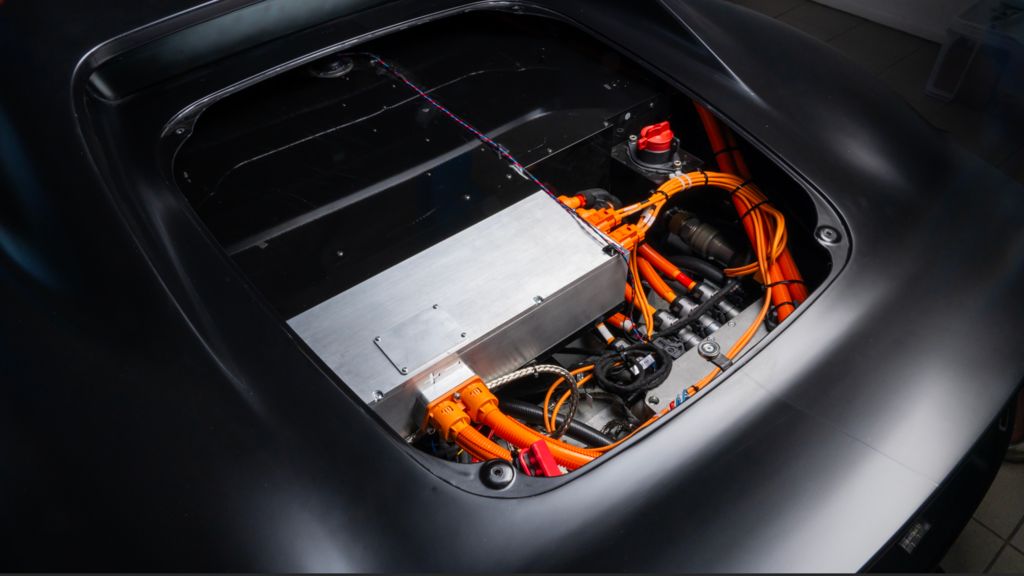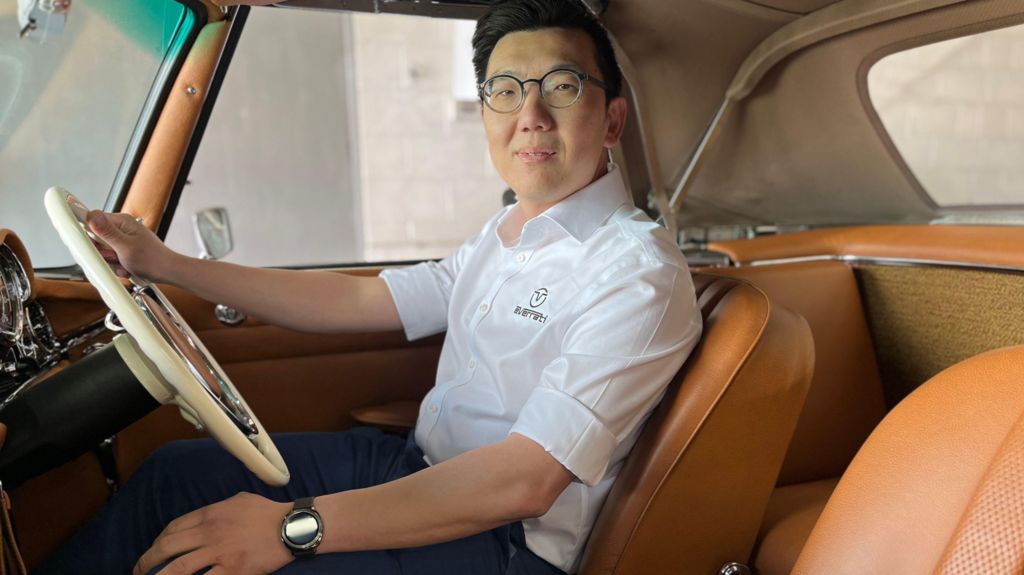
During a campaign rally in Chesapeake, Virginia on Friday, former President Donald Trump criticized a push for development of electric aircraft development, remarking, “All they know is electric. They want electric army tanks. They want electric planes. What happens if the sun isn’t shining while you’re up in the air?”
While it’s always difficult to know when the bombastic speaker is being intentionally obtuse, or when he is simply uninformed, he may not be alone in misunderstanding how electric aircraft work and why anyone would want to develop such planes.
With one major player in the field of alternative fuels declaring bankruptcy in part because of investor concerns that Trump would reverse Biden’s support for sustainable aviation programs, perhaps it is timely to offer a simple guide on this technology.
Not all electric aircraft are solar aircraft, and solar aircraft don't need constant sunshine
First, let’s clarify that not all electric aircraft programs are considering solar power as an energy-source. Those that are looking at solar panels use batteries to store the power from the sun so they can operate in cloudy conditions, and at night.
One remarkable program—Solar Impulse—already proved that solar powered planes carrying people could circumnavigate the world. I visited the Monaco Control Center of Solar Impulse while the circumnavigation program was ongoing in 2016.
While it was a hopeful development, it is unlikely that solar power will fuel large passenger aircraft.
That’s because the main challenge for any type of electric aircraft is that it must have battery storage sufficient to power the plane during its mission. The power demand of larger aircraft would require batteries that are too large and too heavy to fly. Striking a balance between aerodynamic weight restrictions and sustainable power supply is a real challenge that many aerospace companies are working to overcome.
Solar cells could, however, power other important flying machines, like single or double-occupant planes, and drones for transport services, communications, and defense. Again, these aircraft would, like Solar Impulse did, use batteries to store solar energy, so they could still fly when the sun doesn’t shine.
Hydrogen Power Promise Squashed By Investor Concerns Over Change In Funding Under Trump
One sad bit of news for those monitoring sustainable aircraft development is the collapse this week of Universal Hydrogen after burning through $100 million in funding and failing to raise more. The innovative program was working on the most likely sustainable power source that could scale to larger aircraft: hydrogen power.
The company’s founder and CEO, Paul Eremenko, who previously worked as chief technology officer at Airbus, told The Seattle Times, “If [Donald] Trump were to win, investors saw a significant risk that the massive green hydrogen subsidy enacted as part of the Biden Inflation Reduction Act would disappear.”
But the promise of hydrogen-powered flight is compelling enough that many European and UK companies are working on further research and development. As Airbus, which is actively working on hydrogen propulsion, explains:
“Hydrogen is a high-potential technology with a specific energy-per-unit mass that is three times higher than traditional jet fuel. If generated from renewable energy through electrolysis, hydrogen emits no CO2 emissions, thereby enabling renewable energy to potentially power large aircraft over long distances but without the undesirable by-product of CO2 emissions.”
The aviation industry is considering a combination of hydrogen solutions including synthetic sustainable aviation fuel (SAF) produced using hydrogen power, hybrid hydrogen fuel-cells to operate aircraft, and hydrogen combustion engines.
Airbus is looking at a blended wing passenger plane with room for up to 200 people onboard and a range of 2,000 nautical miles which could be powered by hydrogen instead of fossil fuel.
There are many promising programs underway looking for alternative sustainable energy sources to power flight, but they do need funding to fuel their future.
"electric" - Google News
June 30, 2024 at 04:41PM
https://ift.tt/o4hM5Fn
Trump Fact-Check: Electric Planes Don't Need Sunshine To Fly, But Do Need Funding - Forbes
"electric" - Google News
https://ift.tt/hkb84DY
https://ift.tt/URtkF2M











